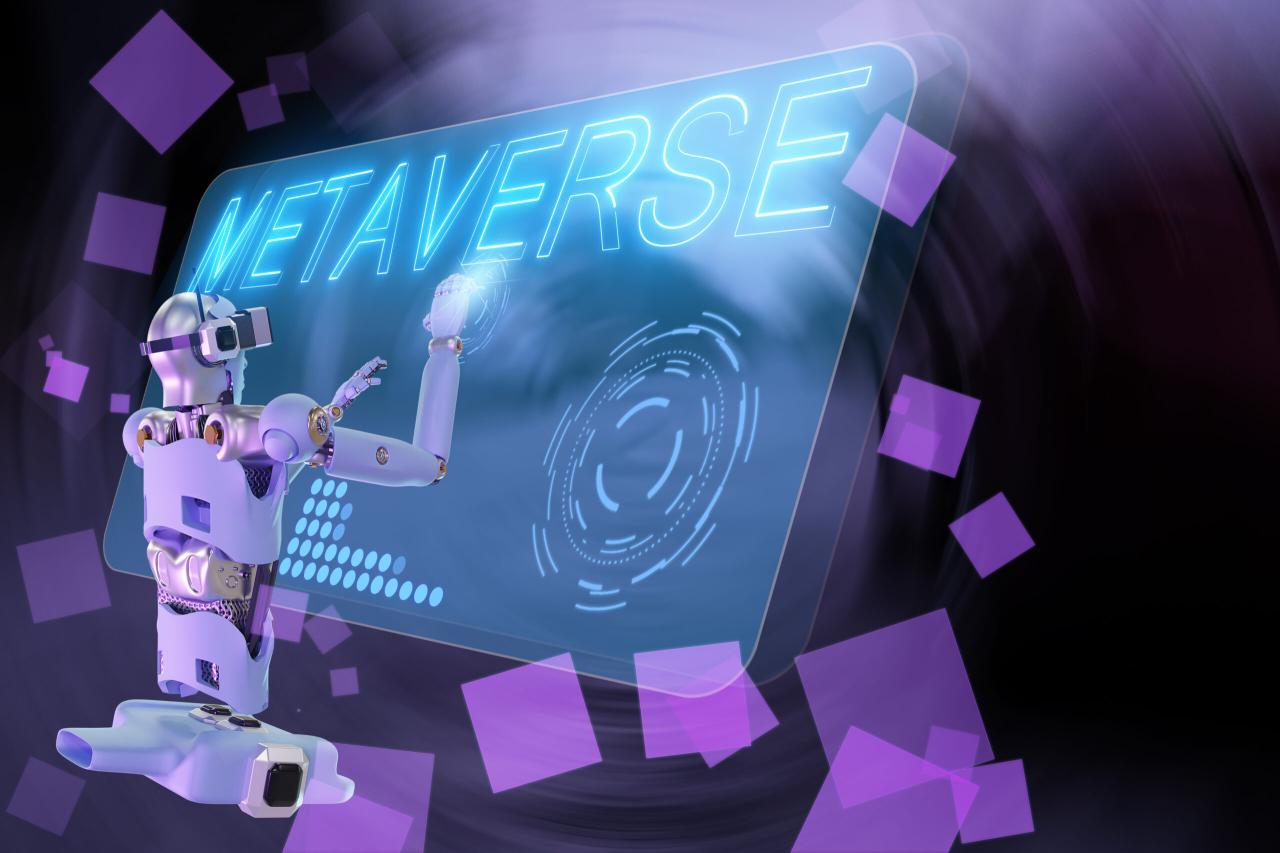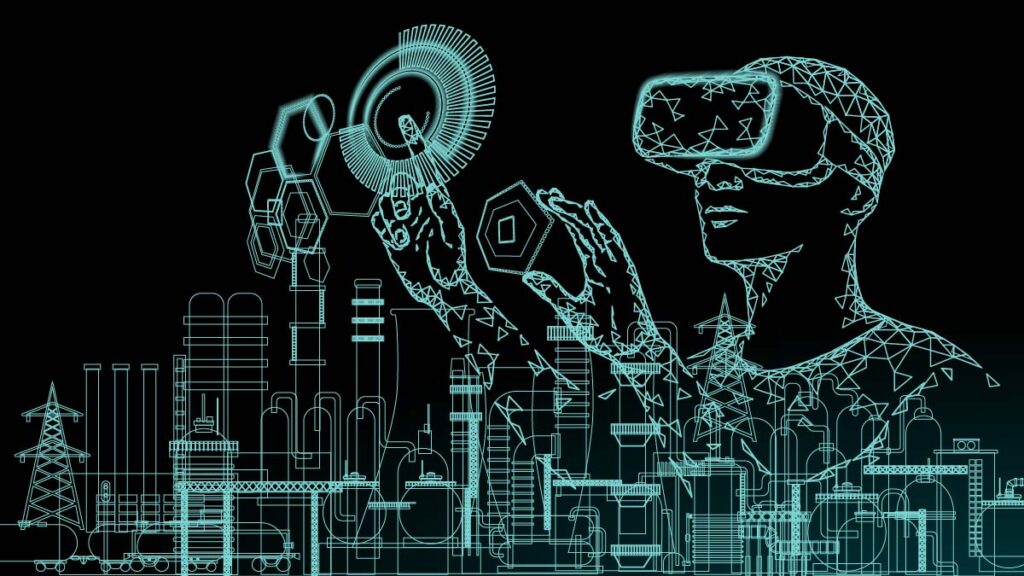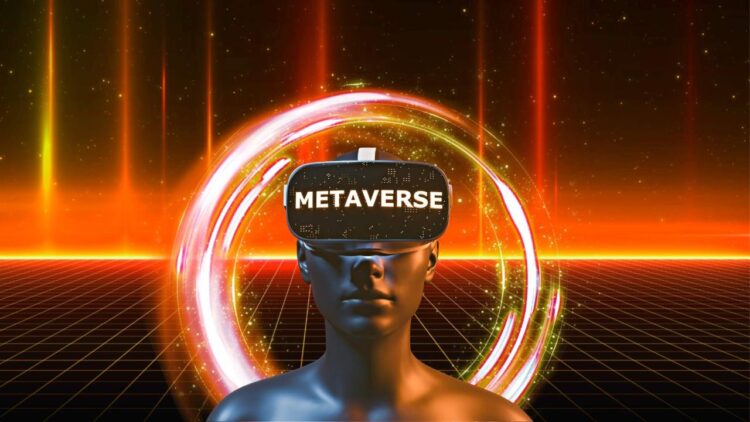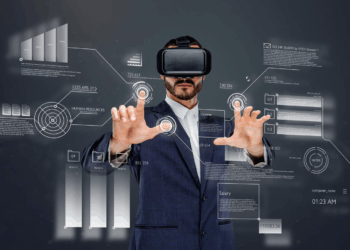The evolution of remote work, accelerated by global events, has dramatically reshaped the corporate landscape, pushing enterprises far beyond simple video conferencing. Today, the convergence of high-speed internet, powerful computing, and sophisticated virtual reality (VR) and augmented reality (AR) technologies is ushering in the era of the Metaverse Workplace. This shift is fundamentally changing how we collaborate, train, innovate, and connect. Metaverse work meetings are no longer a futuristic concept but a rapidly maturing reality offering solutions to the persistent challenges of engagement, presence, and spatial collaboration in a distributed workforce.
This comprehensive article explores the profound transformation brought by spatial computing, details the technological pillars supporting these virtual environments, outlines the unparalleled advantages over traditional video calls, and discusses the critical implementation challenges that organizations must navigate to capitalize on this immersive professional future.
I. Defining the Metaverse Work Environment

To fully grasp the significance of metaverse meetings, one must understand the environment in which they occur. The metaverse, in a professional context, is a persistent, shared, three-dimensional (3D) virtual space where users, represented by digital avatars, can interact in real-time, just as they would in a physical office.
A. Transition from 2D to 3D Collaboration
Traditional video conferencing (like Zoom or Google Meet) operates in a two-dimensional (2D) grid, which severely limits non-verbal communication, spatial awareness, and the feeling of “presence.” Metaverse meetings, leveraging VR and AR headsets, overcome these limitations by providing:
- Spatial Audio: Sound emanates from the direction of the speaker’s avatar, allowing users to naturally distinguish who is talking and where they are located in the virtual room, simulating real-world acoustics.
- Visual Depth and Perspective: The 3D environment enables users to look around, feel the scale of the virtual space, and experience a sense of proximity to colleagues, enhancing focus and reducing “Zoom fatigue.”
- Avatar-Based Body Language: Modern systems track head movements, hand gestures, and sometimes even facial expressions (via specialized VR headsets), translating them into nuanced avatar movements. This allows for the subconscious exchange of non-verbal cues crucial for effective communication.
B. The Technological Pillars of Enterprise Metaverse
The smooth operation of a professional metaverse relies on several key technological innovations:
- Virtual Reality (VR) Hardware: Head-Mounted Displays (HMDs) like Meta Quest, HTC Vive, or specialized enterprise devices provide full immersion, blocking out the real world and projecting the user entirely into the virtual meeting space.
- Augmented Reality (AR) Hardware: Devices like Microsoft HoloLens or smart glasses overlay digital meeting elements (like shared documents or 3D models) onto the user’s real-world environment, facilitating a mixed-reality experience ideal for desk-based work.
- Rendering and Cloud Computing: High-performance, low-latency cloud infrastructure is necessary to render complex 3D environments and manage the real-time interactions of dozens of high-fidelity avatars simultaneously, ensuring smooth performance regardless of the user’s local hardware constraints.
II. Unparalleled Advantages Over Legacy Meetings
Metaverse meetings provide qualitative leaps in collaboration that simply cannot be replicated by existing 2D video platforms, translating directly into tangible business benefits.
A. Enhanced Sense of Presence and Engagement
The core benefit is the restoration of “social presence.” Unlike video calls where participants are often perceived as framed pictures, avatars in the metaverse occupy a space, making every interaction feel more natural and human.
- Reduced Cognitive Load: Users don’t have to actively process a grid of faces; they can focus on the speaker and the shared content naturally, reducing the mental strain associated with constant screen-gazing—the primary cause of “Zoom fatigue.”
- Spontaneous Interaction: The ability to walk up to a small group of avatars and engage in a side conversation mimics the spontaneity of water-cooler chats, fostering informal connections and innovation that are typically lost in remote work.
B. Superior Spatial Collaboration and Visualization
The 3D environment unlocks unprecedented methods for teamwork, particularly for design, engineering, and manufacturing.
- 3D Model Inspection: Engineers can meet around a virtual, full-scale, rotatable 3D model of a product (e.g., a car engine or a new skyscraper design), inspecting it from all angles simultaneously with colleagues located across the globe.
- Shared Immersive Whiteboards: Unlike flat, digital whiteboards, these spaces allow for true spatial brainstorming, where ideas can be physically “placed” in the environment, grouped by proximity, and manipulated with hand movements, making the process more intuitive and creative.
- Virtual Field Trips and Training: Employees can conduct virtual site inspections of remote facilities or receive highly realistic, hands-on training for dangerous or complex machinery without ever leaving the office, leading to faster learning curves and reduced travel costs.
C. Redefining Corporate Events and Onboarding
Metaverse platforms are transforming large-scale corporate functions and the integration of new hires.
- Global All-Hands Meetings: A CEO can address thousands of employees in a virtual auditorium, creating a collective, unified experience that a simple broadcast video cannot match. The feeling of being “together” strengthens corporate culture.
- Immersive Onboarding: New employees can virtually tour their global office, meet key team members’ avatars, and participate in interactive training modules that provide contextual immersion far beyond reading a manual or watching a 2D video.
III. Deep-Dive: Use Cases Across Industries

The practical application of metaverse meetings is rapidly spreading beyond IT and into core business operations across various sectors.
A. Manufacturing and Product Design
Manufacturing companies are leveraging the metaverse for Digital Twins.
- Virtual Prototyping: Designers and manufacturing teams can review and modify prototypes in the metaverse, testing virtual stress points or assembly procedures before committing to expensive physical tooling.
- Remote Maintenance and Inspection: Technicians in the field, wearing AR glasses, can connect with expert engineers in the headquarters. The expert can overlay digital instructions, diagrams, or arrows directly onto the technician’s view of the physical equipment, providing real-time, hands-on guidance.
B. Healthcare and Medical Training
The medical field benefits significantly from spatial collaboration.
- Surgical Planning: Surgical teams can collaboratively view and manipulate 3D holographic models of a patient’s anatomy derived from CT or MRI scans, planning complex procedures with enhanced precision.
- Medical Education: Students can perform virtual dissections or practice surgical techniques on high-fidelity, responsive virtual models, offering risk-free, repeatable learning opportunities.
C. Education and Corporate Learning
Universities and corporate training departments are adopting immersive classrooms.
- Interactive Workshops: Instead of passive lectures, corporate workshops can become fully interactive experiences where participants engage with 3D models, simulations, and virtual scenarios, improving knowledge retention by engaging more senses.
- Language and Soft Skills Training: Users can practice sensitive conversations, negotiations, or public speaking in a simulated, low-stakes virtual environment with AI-driven or human-led role-playing partners.
IV. Challenges and Critical Implementation Strategy
Despite the massive potential, the widespread adoption of metaverse meetings faces significant hurdles related to technology, security, and human factors. Organizations must address these challenges strategically.
A. Hardware Investment and Accessibility
The primary barrier to entry is the requirement for specialized hardware (VR/AR headsets).
- Cost and Logistics: Outfitting an entire global workforce with quality HMDs represents a substantial upfront capital expenditure and a logistical challenge for deployment and maintenance.
- Digital Divide: Relying solely on immersive hardware risks excluding employees in regions with low-bandwidth internet or those who cannot afford personal high-end devices, thereby creating a new form of digital exclusion. Solutions include tiered access, offering 2D desktop modes for less immersive participation.
B. Security, Privacy, and Data Governance
Metaverse environments generate vast amounts of unique data, raising critical security and privacy concerns.
- Avatar Tracking Data: VR systems track body movements, head orientation, gaze direction, and often biometrics, providing an unprecedented level of surveillance data. Organizations must establish strict data governance policies regarding the collection, storage, and use of this highly personal information.
- Intellectual Property Protection: Sharing 3D models, prototypes, and sensitive documents in a virtual space requires military-grade encryption and secure access controls to prevent virtual data breaches or eavesdropping by unauthorized avatars.
C. Combating Motion Sickness and “Virtual Fatigue”
A segment of the population experiences VR-induced motion sickness (cybersickness), a physiological reaction to the disconnect between visual input and inner-ear balance.
- Ergonomic Design: Platform developers must prioritize smooth frame rates, minimal latency, and intuitive movement controls to mitigate these effects.
- Usage Guidelines: Companies should implement guidelines recommending shorter, highly focused virtual sessions (e.g., 30-60 minutes) interspersed with breaks, rather than attempting to replicate a full eight-hour workday in VR.
D. Interoperability and Standardization
Currently, various metaverse platforms (Microsoft Mesh, Meta Horizon Workrooms, NVIDIA Omniverse) operate as distinct, isolated ecosystems.
- Walled Gardens: The lack of standardized protocols means an avatar created for one platform cannot easily interact with another, forcing companies to choose one “walled garden” or invest in multiple, non-communicating systems.
- The Path to Open Standards: Industry efforts, similar to the web’s development, must push for open standardsand protocols (like WebXR) to ensure the professional metaverse evolves into a truly interconnected, flexible network where assets and identities can flow freely.
Conclusion
The shift toward metaverse work meetings marks an inevitable and necessary step in the evolution of work, driven by the persistent global demand for richer, more meaningful remote interactions. Traditional 2D video conferencing, while revolutionary for its time, remains an inadequate medium for fostering genuine presence, deep engagement, and complex spatial collaboration. The metaverse, powered by the continuous advancements in VR, AR, and cloud computing, is poised to fill this void, offering a digital canvas where the limits of geography and physics are lifted.
This transformation is more than a mere software upgrade; it is a fundamental reconfiguration of the human-computer interface from a screen-centric model to an environment-centric model. For businesses seeking a crucial competitive edge in the next decade, particularly those reliant on global teams, complex design, or specialized training, the adoption of spatial computing is not optional—it is a strategic imperative. The benefits—ranging from drastically reduced travel expenses and carbon footprint to accelerated product development and deeply immersive employee onboarding—far outweigh the initial investment hurdles. However, success hinges on a calculated approach that acknowledges the challenges. Organizations must prioritize security and privacy by establishing ethical guidelines for biometric and behavioral data collected by VR hardware. They must foster accessibility by offering hybrid participation modes for employees without high-end headsets. Most importantly, they must advocate for interoperability to prevent the work metaverse from fragmenting into unusable silos. The journey to the fully realized metaverse workplace is ongoing, but the foundation for its most valuable application—the meeting—is already solidly in place, promising a future where distance is irrelevant, and collaboration is inherently immersive and profoundly real.









